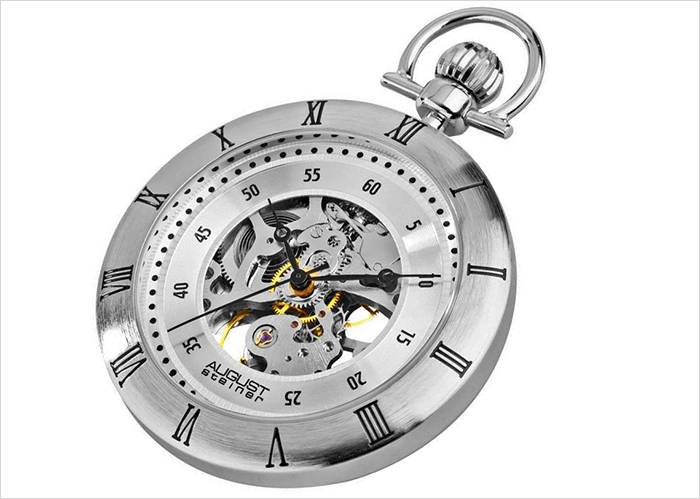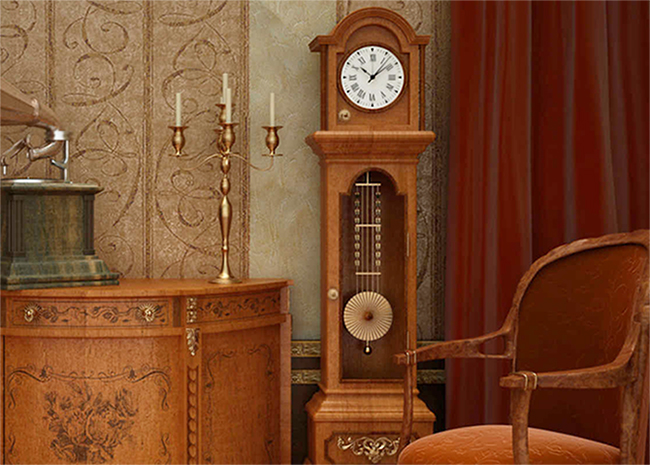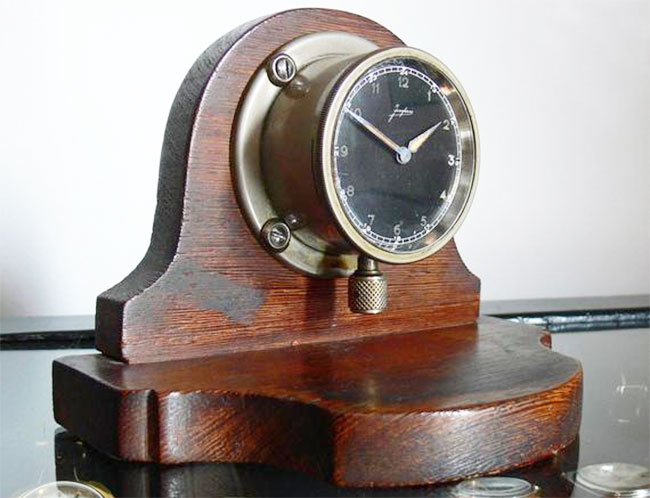Antique clocks hold a unique place in the hearts of people. They symbolize the craftsmanship of a bygone era, the legacy of human ingenuity, but also the deep connection between time and our collective history. For collectors and admirers, these timepieces often evoke a sense of nostalgia and wonder.
For centuries, humans have sought to understand and measure the intangible concept of time. Antique clocks, with their intricate mechanisms and timeless designs, serve as symbols of our fascination to the mysteries of time itself. This article delves into the nature of time, its scientific and philosophical interpretations, and how clocks have mirrored humanity’s evolving relationship with this enigmatic dimension.
The Nature of Time: What Are We Measuring?
Time is one of the most fundamental yet elusive aspects of existence. Scientifically, it is a dimension in which events occur sequentially, governed by the laws of physics. Early civilizations observed natural phenomena such as the movement of celestial bodies to create rudimentary timekeeping methods. Sundials, water clocks, and hourglasses were among the earliest tools for marking the passage of time.
The advent of mechanical clocks in the Middle Ages marked a turning point in humanity’s ability to measure time with precision. These innovations culminated later in the pendulum clock, developed by Christiaan Huygens in 1656, which revolutionized timekeeping by providing unmatched accuracy. Today, atomic clocks, accurate to within billionths of a second, form the backbone of modern technologies such as GPS and global time synchronization.
Yet, despite these advancements, time remains a profound mystery. Einstein’s theory of relativity showed that time is not absolute but relative, influenced by factors such as gravity and velocity. This revelation challenged traditional notions of time as a fixed, linear progression and opened new doors for philosophical and scientific exploration.
Time Through a Philosophical Lens
Philosophers have long grappled with the nature of time. Is it merely a measure of change, or does it exist independently? Ancient thinkers such as Heraclitus emphasized time’s constant flow, encapsulated in his famous assertion, ”You cannot step into the same river twice.” In contrast, Isaac Newton described time as an absolute, unchanging backdrop against which events unfold.
Modern philosophy and psychology often focus on the subjective experience of time. Moments of joy seem fleeting, while periods of distress can feel interminable. This elasticity of time perception highlights the interplay between the objective measurement of time and our personal experiences. Antique clocks, with their steady ticking and deliberate motion, provide a grounding presence, reminding us of time’s continuous and unyielding nature.
The Symbolism of Clocks
Throughout history, clocks have been more than practical tools; they have aswell been potent symbols of power, progress, and artistry. In medieval Europe, town clocks were monumental public installations, representing civic pride and technological mastery. These clocks not only regulated daily life but also underscored religious and societal hierarchies with the tolling of bells marking prayers and work schedules.
During the Enlightenment, clocks became emblems of reason and scientific advancement. Miniaturized mechanisms allowed for portable timepieces, transforming personal watches into status symbols for the wealthy. By the Industrial Revolution, clocks had become integral to coordinating complex systems such as railways and factories, symbolizing humanity’s increasing reliance on precision and efficiency.
Today, antique clocks evoke a sense of nostalgia and connection to a bygone era of craftsmanship. They are cherished as works of art and historical artifacts, embodying humanity’s enduring fascination with time and its mysteries.
The Evolution of Time Perception
Our understanding and perception of time have evolved dramatically over the centuries. In agrarian societies, time was closely tied to natural cycles—sunrise, sunset, and the changing seasons dictated daily life. The invention of mechanical clocks introduced a more rigid, linear structure to time, aligning with the needs of urbanization and industrialization.
In the digital age, time has become both more precise and more fragmented. Atomic clocks and synchronized global systems allow us to measure time with unparalleled accuracy. However, this precision often contrasts with our lived experience of time, which can feel rushed and fleeting in a world dominated by constant connectivity.
Antique clocks, by contrast, can invite us to pause and reflect. Their deliberate pace and physical presence offer a counterbalance to the immediacy of modern life, reminding us to appreciate the present moment and consider the deeper meanings of time.
Conclusion: The Mystery Endures
Antique clocks are more than instruments for measuring time; they are gateways to understanding its mysteries. They symbolize humanity’s ingenuity and our quest to grasp the intangible. As markers of history, art, and science, they connect us to the past while inspiring contemplation about the future.
In an era defined by rapid technological advancement, antique clocks remind us of, the value of craftsmanship, the beauty of precision, and the enduring enigma of time itself. By preserving and cherishing these timeless artifacts, we honor not only the passage of time but also our shared human endeavor to understand it.








Leave a Reply